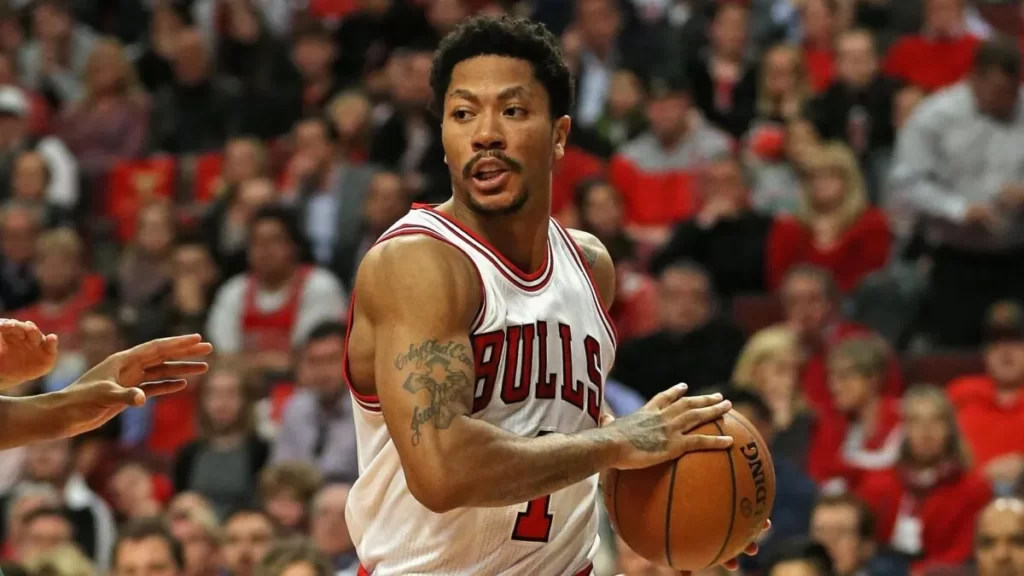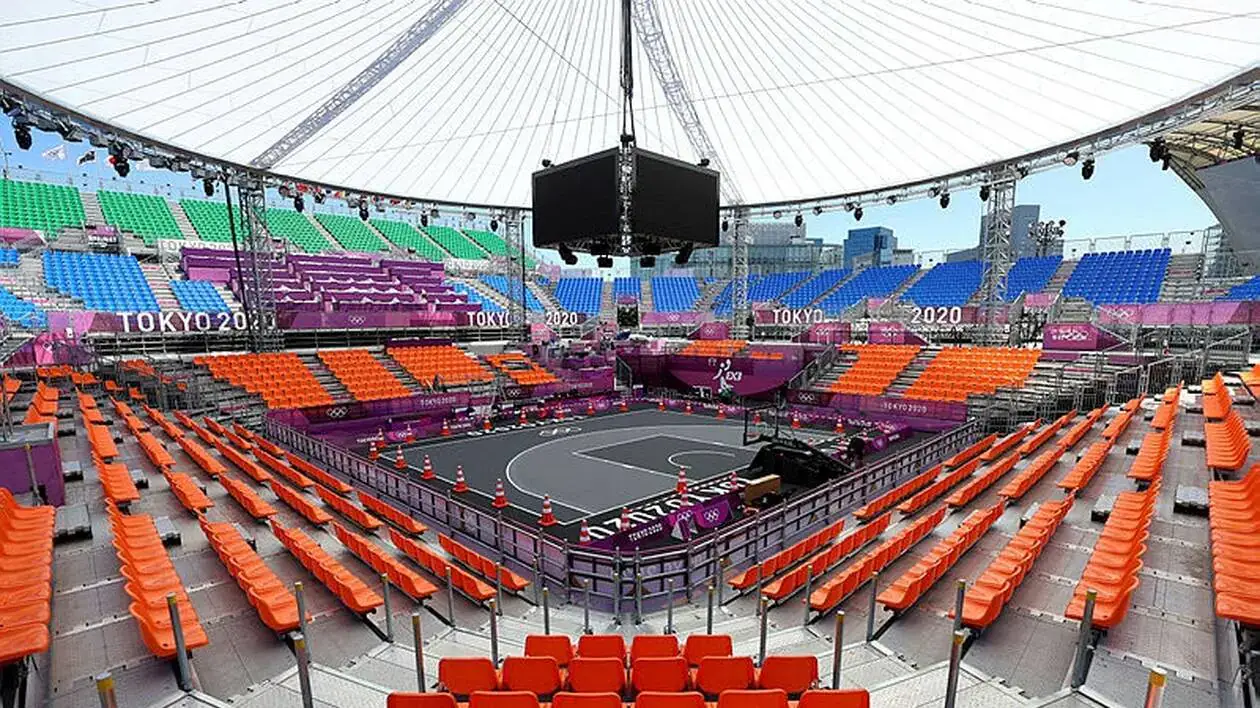The basketball world is full of stars whose names grace the pages of NBA history. Yet, despite their contributions to their teams’ success, their unique skills, and their accomplishments, the NBA’s most underrated players remain in the shadows. Many demonstrated a high level of play but failed to receive the recognition they deserved.
Lou Williams: Master of the Bench
Lou Williams began his career in 2005 with the Philadelphia 76ers. Since his debut, he quickly earned a reputation as one of the top players and was named Sixth Man of the Year three times (2015, 2018, and 2019), making him a special figure among the NBA’s most underrated players. With the Toronto Raptors and the Los Angeles Clippers, Lou made numerous game-winning plays as a substitute.

Williams’ career totals include more than 15,000 points and 4,000 assists. His 50 points against the Golden State Warriors in 2018 were a shining example of his ability. During his time with the Toronto Raptors, the athlete set a personal record for most points scored in a season, demonstrating incredible consistency. In the playoffs, Williams repeatedly emerged as a key player, scoring points in crucial moments of games.
His contribution is still underrated, but he has become a role model for young players, showing that perseverance and skill can turn any challenge into an opportunity.
Game Features
Lou Williams is distinguished by his unique ability to adapt to any situation on the basketball court. His precise three-point shots have repeatedly been decisive in the most exciting moments. His dribbling speed and ability to instantly assess game situations allow the basketball player to create open moments for attack, even against a strong defense. His effective interaction with teammates makes him an indispensable element of team strategy.
Mike Conley: A Model of Stability
Mike Conley became the face of the Memphis Grizzlies during the “Grit and Grind” era. During his 12 seasons with the team, he set a record for most assists. In 2021, the athlete was invited to the All-Star Game, a long-awaited recognition of his talent. Conley also made a significant contribution to the success of the Utah Jazz, setting a new career high for most assists in a season. The basketball player’s stability and leadership qualities enabled the team to achieve playoff success. Over the course of his career, he scored more than 14,000 points and provided 7,000 assists.
Awards and Achievements
Mike Conley has won numerous awards, including the prestigious Sportsmanship Trophy. With the Memphis Grizzlies, he led the team to a new level, becoming the team’s assist provider and one of the most productive players in team history. With the Utah Jazz, the basketball player, one of the NBA’s most underrated players, demonstrated his mastery of the game and set a record for most assists in a season. The athlete’s ability to maintain focus in critical moments and distribute the ball effectively has become a key factor in these teams’ success.
Jamal Crawford: Ball Artist
 Jamal Crawford is known for his creative style of play, making him one of the most spectacular basketball players in history. Playing for nine teams, including the Chicago Bulls and the Los Angeles Clippers, he demonstrated the ability to change the outcome of games. His dribbling, which incorporates elements of streetball technique, and his unpredictable movements around the court captured the attention of millions of fans.
Jamal Crawford is known for his creative style of play, making him one of the most spectacular basketball players in history. Playing for nine teams, including the Chicago Bulls and the Los Angeles Clippers, he demonstrated the ability to change the outcome of games. His dribbling, which incorporates elements of streetball technique, and his unpredictable movements around the court captured the attention of millions of fans.
In 2014, Jamal’s 36-point performance against the Golden State Warriors was an example of how individual brilliance can turn a game around. Crawford has been in situations where he made pinpoint shots in the final seconds of games, including the Los Angeles Clippers’ famous victory over the Portland Trail Blazers in 2016.
Achievements:
- Three NBA Sixth Man of the Year awards (2010, 2014, 2016), making him the record holder in this category.
- The only player to score more than 50 points for four different teams, including the Chicago Bulls, New York Knicks, Golden State Warriors, and Phoenix Suns.
- 51 points in his final game for the Phoenix Suns in 2019, a career-high for a retired player.
These moments not only made Crawford a fan favorite, but also secured his place in NBA history as one of the most unique and underrated players.
Legend – Kevin Johnson: The Underrated NBA Player
A star of the Phoenix Suns in the 1990s, Kevin Johnson became one of the best point guards of his era. His ability to lead the team and score helped the Suns reach the NBA Finals in 1993. Johnson was a three-time All-Star and finished his career with more than 17,000 points and 10,000 assists.
Impact on the Game
In the 1993 NBA Finals, he showed incredible leadership, scoring 25 points and nine assists in one of the series’ key games against the Chicago Bulls. That season remains a model for modern point guards. Johnson also put together some great performances against teams like the Houston Rockets and San Antonio Spurs, averaging over 20 points per game.
- Set a career-high with 46 points against the Utah Jazz in 1994.
- Helped the Phoenix Suns win 62 games during the 1993 regular season.
- For his contributions on and off the court, he received Sports Illustrated’s “Sportsman of the Year” award in 1991.
A ranking of the most underrated NBA players like Johnson is a reminder that recognition doesn’t always come in the moment of success, but their accomplishments inspire the next generation of basketball players.
Alvin Robertson: The Versatile Defender
Alvin Robertson remains one of the best defensive players in NBA history. His record for most interceptions in a season (301) still stands. Robertson led the league in interceptions three times and was a four-time All-Star. The 1986 Defensive Player of the Year winner made a significant contribution to the development of the defensive game.
Influence
Robertson demonstrated a unique understanding of the game that allowed him to not only defend effectively but also attack. His ability to read opponents and force interceptions made him an indispensable player for any team. In the 1986 season, he set a record with 11 steals in a single game against the San Antonio Spurs, a feat that remains unmatched to this day.
Achievements:
Intercepted the ball more than ten times in a single game in 1986 – a record that still stands today.
Achievements:
- Intercepted the ball more than ten times in a single game in 1986 – a record that still stands today.
- Influence Set a record for the total number of interceptions in a season – 301.
- Four-time NBA All-Star.
- First player in NBA history to record a quadruple-double in 1986 (20 points, 11 rebounds, 10 assists, and 10 steals).
The NBA’s Most Underrated Players: A Look at Hidden Talents
Underrated NBA stars make enormous contributions to the game, yet remain in the shadow of their more famous counterparts. Their stories demonstrate that behind the big names are always team players who lay the foundation for success. Underrated athletes often become important links to maintain balance on the court:
Tony Allen, whose defensive skills helped the Boston Celtics win the championship in 2008.
Shawn Marion: The basketball player’s versatility and effectiveness on defense helped the Dallas Mavericks win the NBA championship in 2011.
Mark Price was considered one of the best snipers of his time, but was overshadowed by brighter competition.

Conclusion
 Basketball isn’t just about the stars whose names are on everyone’s lips. The NBA’s most underrated players have proven that their contributions are just as significant. These athletes not only achieved outstanding results but also became role models for future generations, showing that it’s possible to shine even in the shadows.
Basketball isn’t just about the stars whose names are on everyone’s lips. The NBA’s most underrated players have proven that their contributions are just as significant. These athletes not only achieved outstanding results but also became role models for future generations, showing that it’s possible to shine even in the shadows.
 en
en  de
de  ar
ar  es
es  hi
hi  fr
fr  nl
nl  it
it  pt
pt  el
el 



